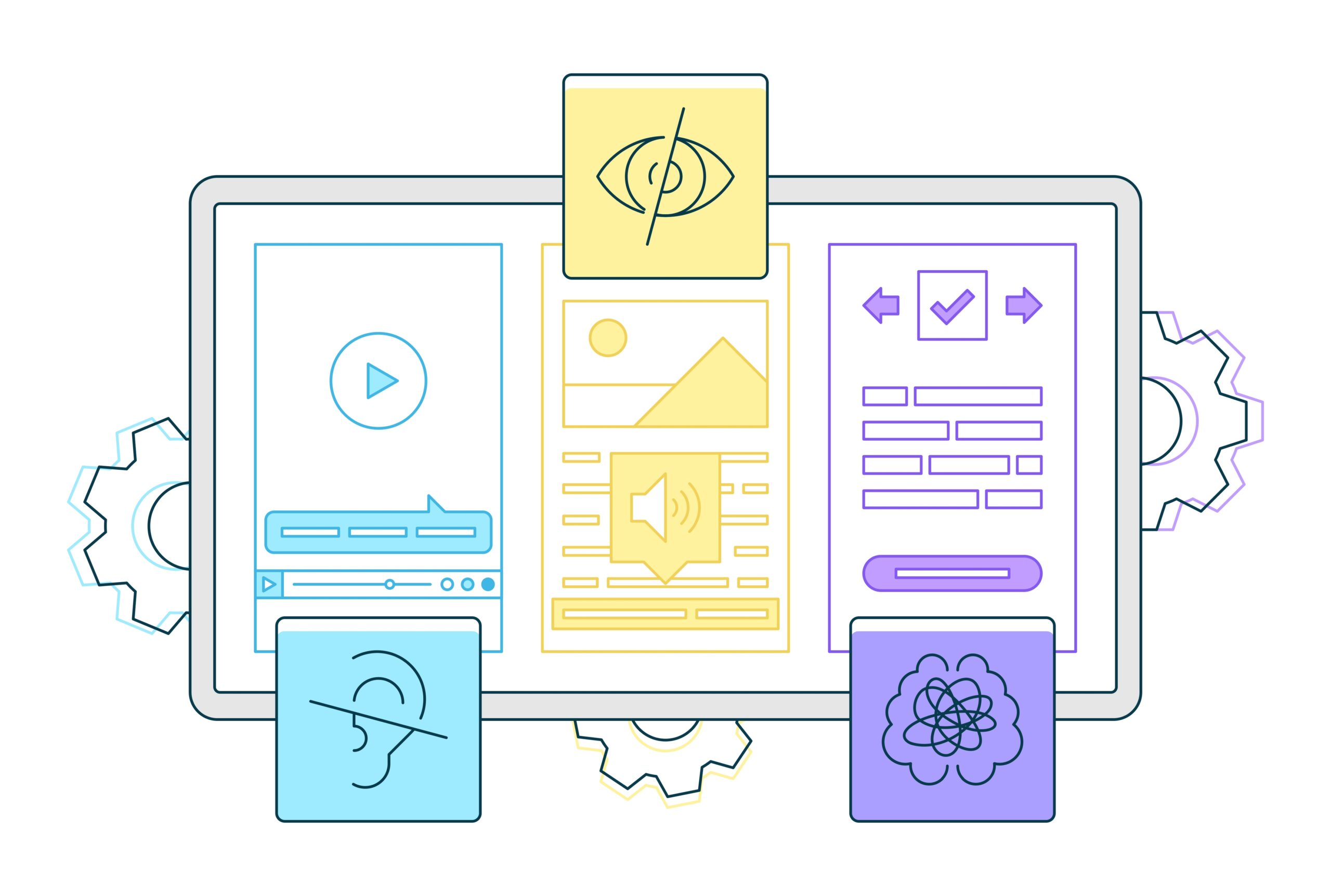Website designers are responsible for ensuring they create a site with a seamless actionable experience for all users, including people with disabilities. This is known as web accessibility, which aims to format websites for people who might have difficulties accessing them.
In this age of information, all digital tools, products, and information must remain easy to use despite personal limitations and minimize the internet’s environmental impact. An extra benefit of accessibility is how it can improve website performance and functionality overall. While overlays might be a tempting shortcut, there are other ways to make this process a long-term investment.
Here are four steps towards sustainable web accessibility:
1. Software
The first step in either building or improving your website to make it more accessible is choosing software that supports this. In most cases, this would be a content management system with guidelines, plugins, and widgets already optimized with administrative options to integrate accessibility into the initial design.
These should allow you to generate web content into parameters and support this type of layout such as automatically structuring your headings, video players, text, sitemaps, and links to better display them. Doing this will make it much easier to integrate web accessibility into an existing website without having to make several changes manually or change your website’s code. However, building your website from the start will also allow you to include and cater to people with disabilities during the planning and design stage.
Also check: design studio websites
2. Perception
Once you have your supportive software in place, you can focus on improving or creating a website with enhanced perception. This means that for sustainable web accessibility efforts, the website should have multiple ways that users can choose to interact with the content using many of their senses, such as sight and sound. For instance, users with visual impairment should have either screen reading or a choice to make texts bigger and bolder.
In this case, perceptibility concerns the proper structuring of your website so that it’s simpler to find and access information. This can include breaking up texts and leaving wide spaces in between, adding closed captions to video players, using tables only where necessary to display data, and adding alt text and descriptions to images and infographics. Color should ideally be used cautiously for people with color perception conditions and should thus include small markers above text fields to indicate the color used. 
3. Operation
One of the most important aspects of web accessibility, especially for ecommerce, civil organizations, and interactive websites, is website operation and navigation. In some cases, accessibility to people with disabilities can be a legal obligation depending on what content your website features. Thus, prioritizing usability is not only about easy operation but also adaptability to various assistive technology devices. This can be done when using a mouse, keyboard, trackpad, or touch screens, or performing functions using voice dictation.
Furthermore, website pages should display accessibility equally on mobile and desktop without cutting off pages or using heavy data to load. For example, a person with limited mobility in their arm should be able to use the website using arrow keys on the keyboard or have voice prompts instruct them as they move onto each page. For this accessibility to work, link descriptions should be direct and clear such as with simple calls to action—there should be fewer clicks for scrolling down and the customer journey be shortened and streamlined from product to payment.
4. Understandability
For websites that require users to fill out important forms or contain vital knowledge such as research and education, web content should be optimized for anyone to understand. This can be done by including graphics and visual illustrations, explainers, and demonstrations using concise and direct language and improving readability. It also entails recreating a website for ease of use to reduce the burden of choice and click-through confusion by allowing input assistance from the browser.
In terms of forms, each field marked as important should have a question mark or asterisk above for users to click and access the explanation when needed. Grouping information is also key to better accessibility as it can help users focus on a particular topic. For instance, headings and sections titled ‘personal details’ should be in a separate block from ‘work experience’ or ‘what is this medicine’ and ‘what does this medicine do.’ Additionally, establish a logical information hierarchy so that actionable functions such as ‘submit’ and ‘go to next page’ are positioned at the end of each page.
Conclusion
The four main steps towards sustainable web accessibility should help build or restructure website content, display, and formats to make them better for people with disabilities. This can be done by enhancing the user experience by providing multiple options for users to recognize the content and understand and interact with it using sight, sound, or touch.
Web designers can create sites like this by utilizing website accessibility software that automatically organizes web pages into a workable setup and includes notes and keys on the side to help. Doing this can fulfill corporate and social responsibility toward equitable access for all online users.











